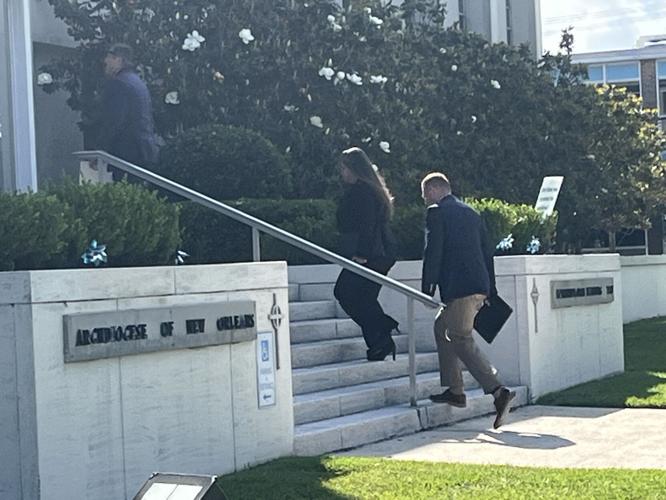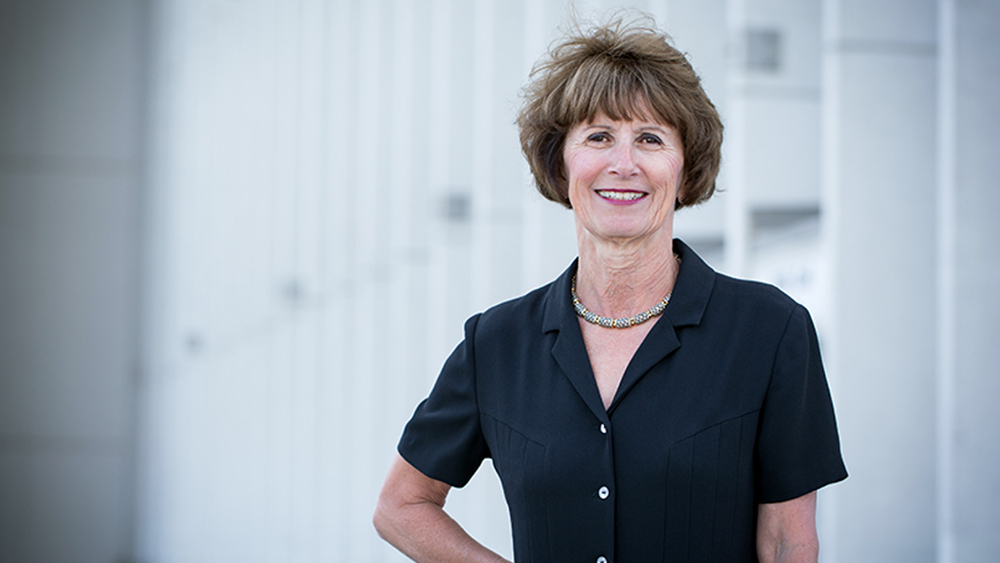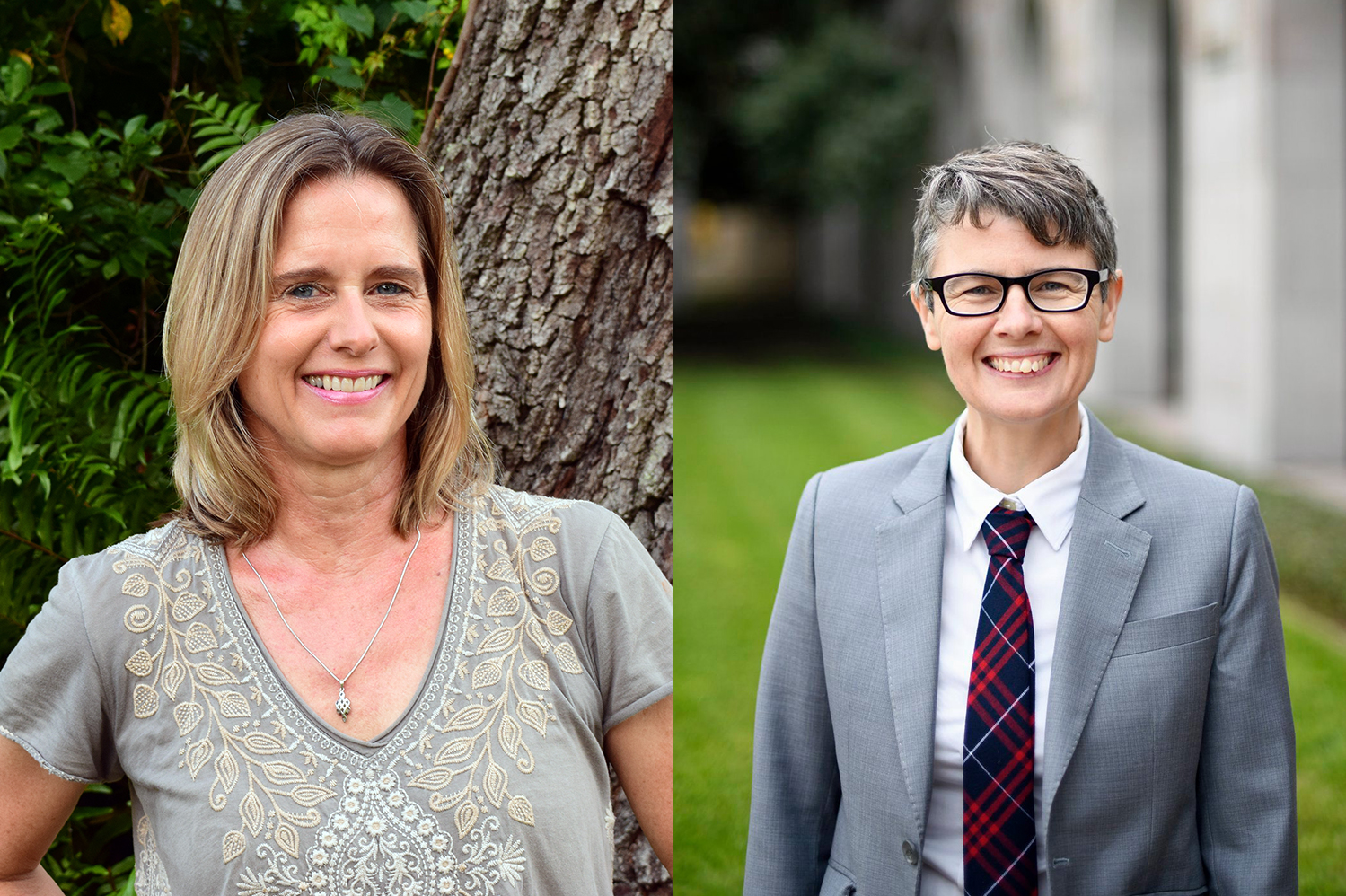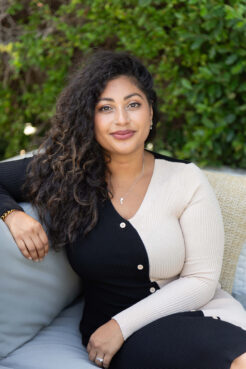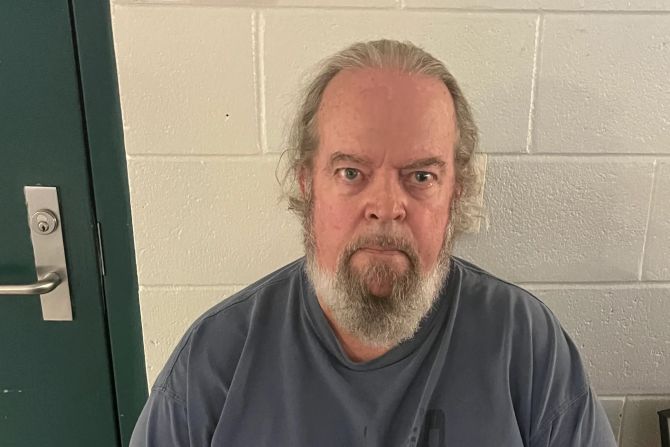— In a meeting on Wednesday, church leaders also voted to allow L.G.B.T.Q. weddings.

By Ruth Graham
The United Methodist Church removed on Wednesday its longstanding ban on ordaining gay clergy, formalizing a shift in policy that had already begun in practice and that had prompted the departure of a quarter of its U.S. congregations in recent years.
The overturning of the 40-year-old ban on “self-avowed practicing homosexuals” passed overwhelmingly and without debate in a package of measures that had already received strong support at the committee level.
Delegates, meeting in Charlotte, N.C., also voted to bar local leaders from penalizing clergy or churches for holding, or declining to hold, same-sex weddings. The vote effectively allows same-sex marriage in the church for the first time, although the original penalty was already unevenly enforced. Some clergy may still decline to perform same-sex weddings.
Further votes affirming L.G.B.T.Q. inclusion in the church are expected before the meeting adjourns on Friday.
“We’ve always been a big-tent church where all of God’s beloved were fully welcome,” said Bishop Tracy Smith Malone, the new president of the denomination’s Council of Bishops and the first Black woman to serve in that role. She called the vote “a celebration of God breaking down walls.”
She described the atmosphere in the room as a “Pentecost moment,” in which the presence of the Holy Spirit was palpable.
Last week, the conference approved the first phrase of a “regionalization” plan that would restructure the global denomination to give different regions autonomy on adapting rules on issues including sexuality. The move is seen as a way to defuse tensions between the increasingly progressive American church and more conservative factions internationally.
Though the end of the ban on gay clergy applies to the global church, regionalization means that in practice it may primarily affect churches in the United States.
The United Methodist Church is the second-largest Protestant denomination in the nation; the Southern Baptist Convention is the biggest. There were 5.4 million Methodists in the United States in 2022, a steep decline from just a few years earlier, and a number that is expected to drop again once last year’s accelerated departures are counted.
Delegates also voted this week to end a ban on using United Methodist funds to “promote acceptance of homosexuality,” a change particularly welcomed by those in ministries working with L.G.B.T.Q. people.
“The energy that’s gone into preparing for and trying to get to this moment can now be refocused,” said Jan Lawrence, the executive director of Reconciling Ministries Network, a group that advocates for full inclusion in the church. “We have a huge opportunity in front of us.” Ms. Lawrence noted that not only were all the group’s goals for the meetings likely to be achieved, but they were doing so in at atmosphere that was notably agreeable, even joyful.
Wednesday’s vote follows years of turmoil in the denomination over sexuality, an issue that has prompted tumultuous debates and schisms in other Christian traditions and institutions.
Conservatives in the Episcopal Church and the Evangelical Lutheran Church in America, for example, have formed breakaway denominations in reaction to the acceptance of gay clergy. Catholic Church doctrine forbids same-sex relationships, but Pope Francis has alarmed some traditionalists by allowing priests to bless same-sex couples.
At their most recent meeting in 2019, Methodists voted to tighten an existing ban on same-sex marriages and gay and lesbian clergy.=
Since that contentious vote, however, the denomination’s makeup has changed, in large part because of conservative congregations departing in anticipation of the loosening of strictures around homosexuality that are becoming official this week.
Conservatives were given an exit ramp when Methodist leaders opened a window in 2019 for congregations to leave over “reasons of conscience,” in most cases allowing them to keep their property and assets if they received approval to depart by the end of last year. Many conservative congregations accepted the offer, prompting an extraordinary decline for the geographically and culturally diverse denomination.
In Texas, for example, a historic stronghold, more than 40 percent of United Methodist congregations left the denomination. Some joined the breakaway conservative Global Methodist Church, while others have remained independent.
Many conservatives had been disturbed by what they saw as the church’s failure to enforce its bans on gay clergy and same-sex weddings. Some leaders in more progressive regions had begun defying the restrictions, and the church now has a number of openly gay clergy and two gay bishops.
“This is certainly the lightning rod issue, the presenting issue, but our division goes so much deeper,” said Rob Renfroe, the president of Good News, a traditionalist caucus within the United Methodist Church. He described sexuality as a proxy issue for larger debates in the church about the authority of the Bible, the reality of sin and beliefs about salvation.
Mr. Renfroe is attending the meeting in Charlotte but says that given the outcome, he will leave the denomination within the next month. He cautioned that many denominations that have moved in the direction that Methodists have taken this week have seen their numbers dramatically decline.
“As the church becomes more and more liberal, and if a social agenda becomes its driving force, that’s not going to grow the church,” he said.
For others, the vote was a moment of deep optimism. Chet Jechura, the pastor of Good Shepherd UMC in Baltimore, wept as he watched the vote at home via livestream. Almost exactly five years ago, when the denomination tightened enforcement of its ban against gay clergy, he had broken into sobs while he was serving communion. Now he will be ordained in just a few weeks.
“Today I am weeping tears of joy — and profound existential relief,” he said. “It’s a privilege to be ordained into this renewal movement at such an historic moment.”
On the floor of the meeting after the vote on Wednesday morning, the mood was equally jubilant.
Some delegates and observers gathered in a circle to sing a Methodist song that has become a refrain for many L.G.T.B.Q. Christians. “Draw the circle wide, draw it wider still,” they sang. “Let this be our song: No one stands alone.”
Complete Article ↪HERE↩!

